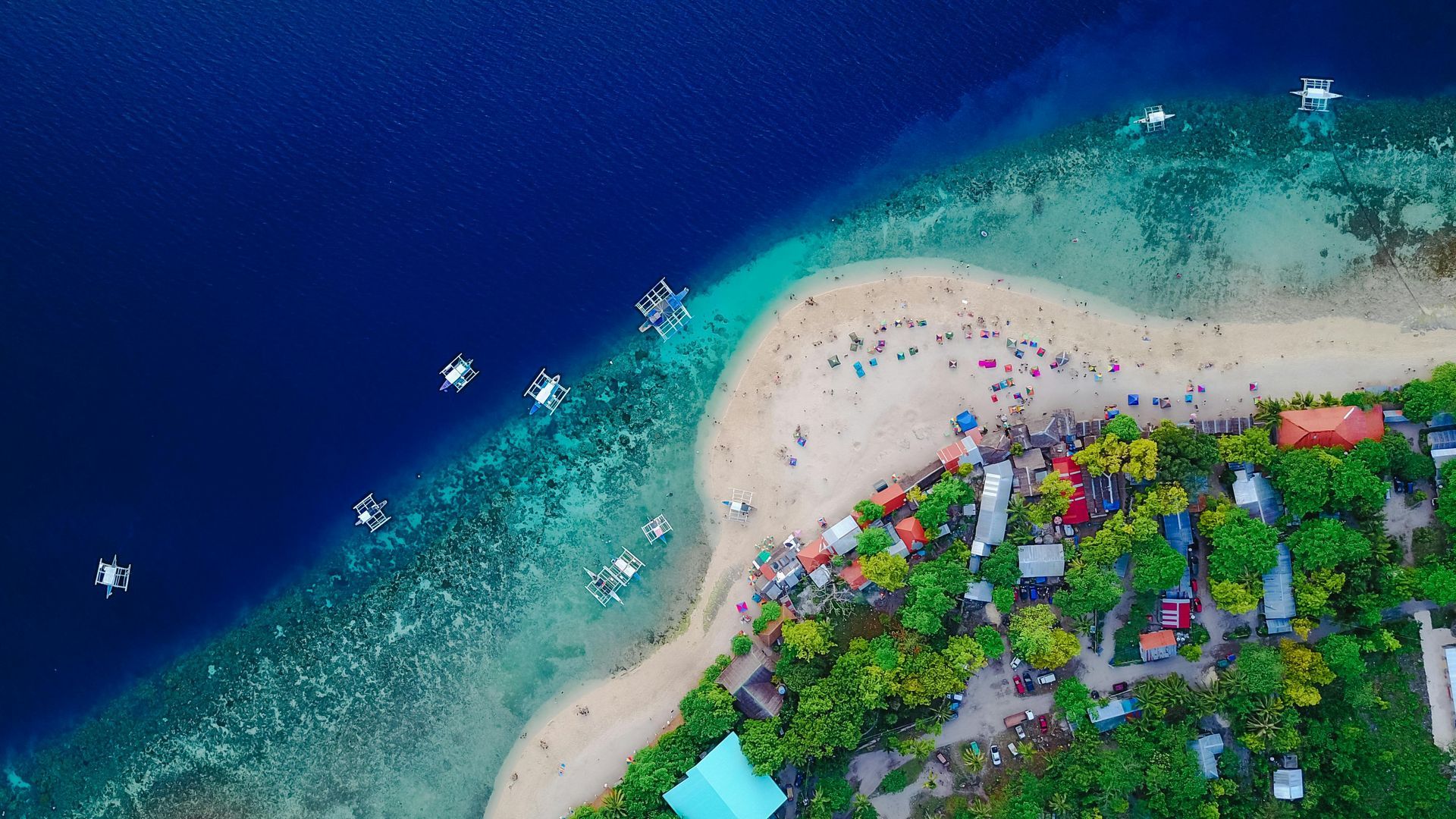From Tourist to Traveler: Immersing Yourself in the Local Culture of Port Barton
🌴 How to Transform Your Visit into a Meaningful Cultural Exchange in Palawan’s Hidden Gem
Port Barton, a tranquil fishing village in Palawan, Philippines, is more than just a backdrop for Instagram photos—it’s a living, breathing community where ancient traditions and modern life intertwine. While most visitors come for the pristine beaches and island hopping, those who dig deeper discover a rich cultural tapestry woven by indigenous Tagbanua tribes, migrant fishermen, and multi-generational families. This guide goes beyond typical tourism tips to explore how you can transition from a passive observer to an engaged traveler, fostering genuine connections and leaving a positive impact on this fragile paradise.
1. Embrace the Rhythm of Local Life
Port Barton operates on a slower, more authentic rhythm than commercialized destinations like El Nido. Here’s how to sync with it:
- Power Down: Electricity runs only from 6 PM to midnight in many areas. Use this as an opportunity to disconnect from devices and connect with people .
- Walk Everywhere: The village is compact and walkable—a rarity in Southeast Asia. Stroll dusty roads lined with sari-sari stores (small shops) and strike up conversations with locals .
- Rise with the Fishermen: Join dawn pangulong net fishing sessions on the main beach. You’ll learn traditional techniques and share a breakfast of freshly grilled catch with families .
2. Support Community-Led Initiatives
Port Barton’s culture thrives through community-based tourism (CBT), which ensures economic benefits stay local:
- Book Directly with Locals: Avoid international platforms. Arrange island hopping tours through the Bangkeros Cooperative or operators like Tour Z, which allocates 7% of profits to education and 3% to turtle conservation .
- Stay in Family-Run Accommodations: Choose places like Dam Dam Hostel (owned by a Filipino family) or Deep Moon Resort (bamboo bungalows with cogon grass roofs) over corporate chains .
- Eat at Carinderias: Skip Western cafes for humble eateries like Star Apple Canteen, where meals cost under ₱150 ($2.60) and feature grilled fish sourced daily from local fishers .
3. Participate in Unique Cultural Experiences
Hidden Gems Beyond Guidebooks
- Evio’s Kitchen on Pamuayan Beach: A home-based restaurant run by a local woman, serving legendary eggplant dishes and chicken curries. Reachable only by boat taxi (₱300/$5 round-trip) .
- Tribal Craft Workshops: Learn basket weaving from Tau’t Bato artisans or join fishing lessons with Tagbanua guides. These interactions support indigenous livelihoods .
- Fiesta Celebrations: If visiting during festivals like the Feast of the Black Nazarene (January 9), join processions, street dances, and communal feasts. Bring a small gift (e.g., rice or sugar) for host families .
Volunteer Responsibly
- Turtle Conservation: Assist Bantay Pawikan with nest monitoring (October–February) or hatchling releases. Avoid orphanage tourism, which often exploits children .
- Mangrove Reforestation: Plant trees with PCART (Palawan Center for Appropriate Rural Technology) to combat coastal erosion .
4. Learn the Stories Behind the Places
Port Barton’s landscapes are steeped in history and folklore:
- German Island: Donated by a German expat, this island now hosts secluded beaches and snorkeling spots. Its history reflects Port Barton’s cross-cultural connections .
- Bigaho Falls: Trek to this waterfall with a local guide (₱200/$3.50) who can point out medicinal plants and share tribal legends .
- White Beach: Ask elders about its original name, Purok Pag-asa (Zone of Hope), named by families who settled here during hard times .
5. Ethical Engagement Guidelines
- Ask permission before photographing people
- Avoid geotagging fragile sites on social media
- Use basic Waray or Cuyunon phrases (e.g., salamat for "thank you")
- Don’t touch corals or wildlife during snorkeling
- Pay the ₱50 ($1) environmental fee —it funds conservation
- Never give cash to children; donate to schools instead
6. Transformative Tours with Tour Z
Tour Z's reverse-route island hopping is designed for cultural immersion:
- Reverse-Route Philosophy: By visiting sites like Turtle Spot and Fantastic Reef during off-peak hours, you avoid crowds and reduce ecological stress .
- Lunch with a Purpose: Meals are prepared on Pamuayan Beach using hyper-local ingredients, supporting families like Evio’s .
7. Practical Tips for Deep immersion
- Cash Economy: ATMs fees are pricey in Port Barton—withdraw pesos in Puerto Princesa. Small bills help when buying from sari-sari stores .
- Dress Modestly: Cover shoulders and knees when visiting villages or sacred sites.
- Gift Thoughtfully: Bring school supplies for Lamane Tribal School or books for community libraries .
8. Beyond Port Barton: Regional Connections
Port Barton is part of San Vicente, a municipality known for having one of the longest white-sand beaches in the Philippines. Explore nearby:
- San Vicente Long Beach: A 14-kilometer stretch of undeveloped coast. Hire a tricycle (₱500/$9) from Port Barton .
- Boayan Island: Visit a ghost plantation from the colonial era, where crumbling copra presses tell stories of Palawan’s past .
Conclusion: Traveling with Purpose
Port Barton reveals its secrets only to those willing to listen—to the whispers of palm trees, the stories of fishermen, and the rhythms of the tides. By choosing community over convenience, engagement over observation, you become part of a sustainable tourism model that honors both people and place. As a Tagbanua elder once shared, "The best travelers leave no footprints—only friendships."










